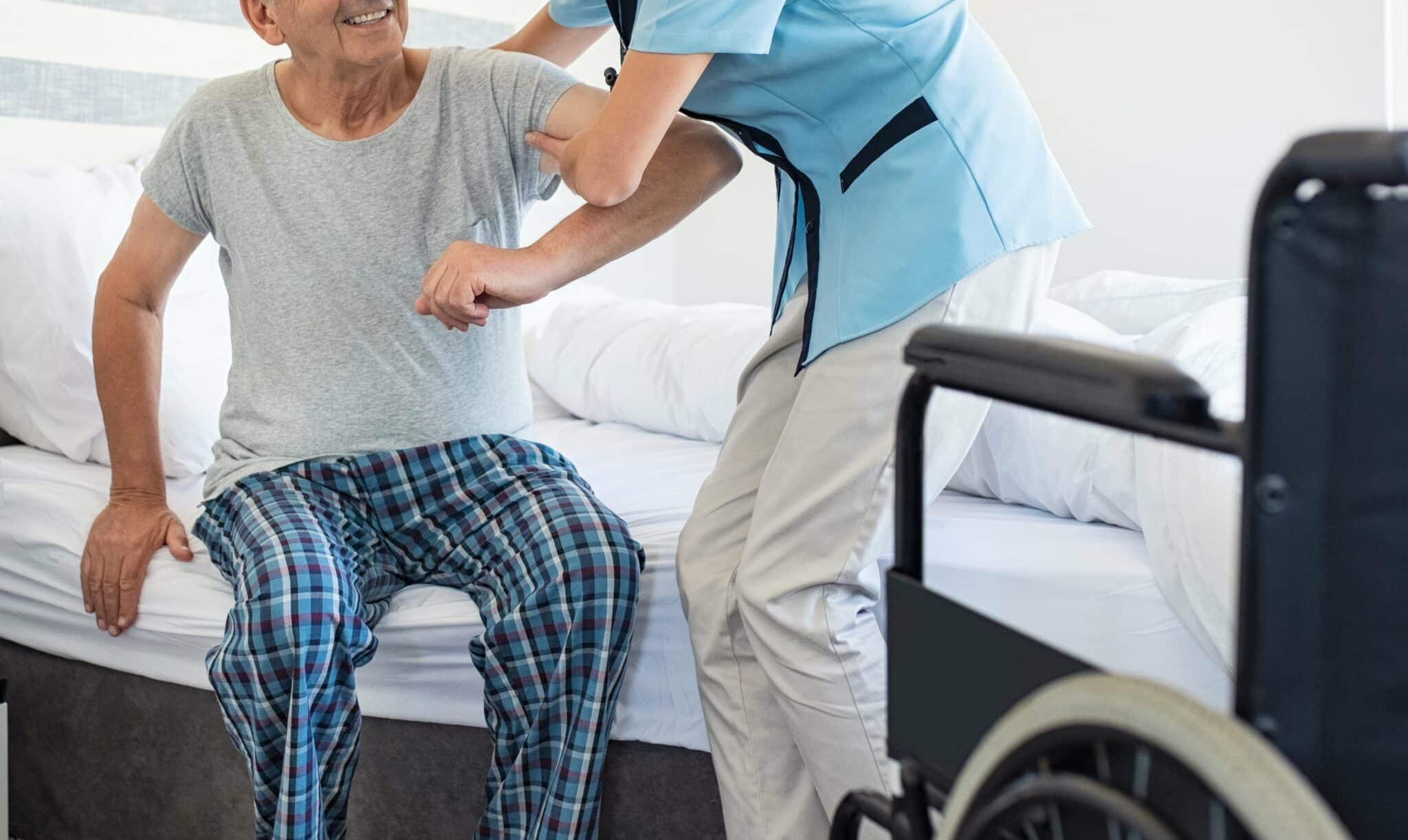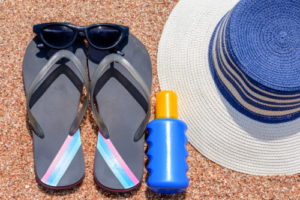In an age where info is easily offered, comprehending exactly how to execute CPR can be the distinction in between life and death. Specifically for moms and dads, knowing infant CPR techniques changes from a mere skill right into an important lifesaving device. The statistics are disconcerting; heart-related concerns can occur all of a sudden, and babies are not excluded from this fact. This extensive overview aims to encourage you with knowledge regarding Mastering Infant mouth-to-mouth resuscitation Techniques: A Moms and dad's Guide to Safety, guaranteeing you're prepared for emergencies.
Understanding the Relevance of Mouth-to-mouth Resuscitation in Infants
What is CPR?
Cardiopulmonary resuscitation (CPR) is a critical emergency procedure that assists maintain blood circulation and oxygenation to the CPR Course Brisbane mind and vital organs when somebody's breathing or heart beat has stopped. For babies, this technique comes to be even more specialized due to their special physical characteristics.
Why is Infant mouth-to-mouth resuscitation Different?
Infants have smaller sized respiratory tracts, softer ribs, and delicate bodies compared to adults. Therefore, the techniques of applying CPR differ significantly. Grasping these differences can conserve lives and ensure your infant gets the treatment they require during an emergency.
The Stats Behind CPR
According to research, instant treatment with CPR can double or perhaps three-way survival prices in situations of heart attack. These data highlight why knowing how to perform effective infant CPR is vital for every parent.
Essential Training in Infant CPR
Enrolling in Neighborhood mouth-to-mouth resuscitation Classes
Before diving into details techniques, registering in local CPR classes is extremely advised. Numerous neighborhoods use courses especially targeting baby and kid resuscitation. Participating in these classes enhances your self-confidence and guarantees you're equipped with the most recent methodologies.
Online mouth-to-mouth resuscitation Certification
For those who may have a hard time to go to standard courses, many online platforms offer CPR accreditation training courses tailored for babies. Online accreditations typically cover vital subjects such as cpr saving lives, correct compression depth, and the use of an AED (Automated External Defibrillator).
Understanding Qualification Validity
The CPR certification validity generally differs from a couple of years depending upon the company supplying it. On a regular basis renewing your accreditation makes sure that you stay updated with the most recent standards and techniques.

Mastering Infant CPR Techniques: A Moms and dad's Overview to Safety
Recognizing Emergencies: When Should You Carry Out Baby CPR?
Every moms and dad need to be trained to determine circumstances where infant resuscitation could be necessary:
- Unresponsiveness: If your infant does not react when you carefully tap or shake them. Breathing Problems: If they are gasping or otherwise breathing at all. Choking: If an international things obstructs their airway.
In any of these instances, prompt activity is required.
The Step-by-Step Guide to Executing Infant CPR
Call Emergency Services: Always start by asking for help. Positioning:- Lay your baby on a firm surface. Ensure they are face up.
- Look for breast movement. Listen for breath sounds.
- Place 2 fingers on the breastbone simply listed below the nipple area line. Push down hard and fast (a minimum of 1.5 inches deep). Aim for 30 compressions at a price of 100-120 per minute.
- After 30 compressions, give 2 gentle breaths by covering their mouth and nose with your mouth. Make certain you see their chest rise.
Common Mistakes During Infant CPR
Incorrect Compression Depth
One common error is making use of incorrect compression depth throughout upper body compressions-- pressing as well superficial will not distribute blood properly while pushing too deep can cause injuries.
Misjudging Rescue Breath Technique
Parents in some cases blow as well forcefully instead of delivering gentle breaths, which can cause over-inflation of the lungs.
Supplementary Strategies for Certain Situations
How to Make use of an AED Properly
Knowing how to make use best First Aid training courses in Brisbane CBD of an AED (Automated External Defibrillator) can enhance your abilities in doing baby mouth-to-mouth resuscitation:
Turn on the AED device. Attach pads as advised (ensure one pad goes on the front while an additional takes place the back). Follow voice prompts till emergency personnel arrive.Dealing with Choking in Infants
If you presume choking:
Lay your infant face down along your forearm sustaining their head. Administer five back impacts in between shoulder blades making use of heel of hand. If they still don't breathe, turn them over and offer 5 upper body thrusts using two fingers.Household Readiness for Emergencies
Creating a House Emergency situation Plan
Having a strategy makes certain that every relative understands what actions to take throughout emergency situations:
- Designate that will call emergency situation services. Identify someone in charge of carrying out very first aid/CPR if needed.
Keeping First Aid Materials Handy
Maintain an easily accessible first-aid set containing things like handwear covers, plasters, scissors, antibacterial wipes, and so on, in addition to printed instructions for baby rescue procedures.
Advanced Resuscitation Skills
While fundamental abilities are important, moms and dads may take into consideration seeking innovative training that covers:

- Advanced respiratory tract management Pediatric emergency situation care Special scenarios like sports-related heart attack or sinking victims
These advanced abilities can greatly enhance your capacity to respond properly during emergency situations involving infants.

Frequently Asked Concerns Concerning Infant CPR
What age need to I start finding out infant CPR?
You can start discovering as soon as you end up being a moms and dad or caretaker! It's never too late-- or too early-- to equip yourself with lifesaving skills.
Is there a distinction in between youngster and adult CPR?
Absolutely! Child and adult methods differ mainly because of dimension; nevertheless, fundamental principles remain consistent across all ages.
Can I use grown-up equipment on infants?
No! Adult-sized equipment can cause damage; always use age-specific devices made clearly for infants when doing procedures like defibrillation or respiratory tract management.
How usually must I rejuvenate my certification?
Aim for every single 2 years at minimum-- keeping current with progressing standards ensures optimal security practices!
What ought to I do if my youngster doesn't boost after performing CPR?
Continue till professional assistance shows up; nonetheless-- when possible-- look for aid from any person close-by while executing compressions/breaths simultaneously!
Are there regional resources readily available for recurring education/training?
Yes! Many recreation center offer workshops routinely! Performing on-line searches will certainly produce regional courses certain towards pediatric treatment as well!
Conclusion
Understanding how to execute effective baby mouth-to-mouth resuscitation is important for every parent aiming in the direction of safety and security in emergency situations associated directly or indirectly impacting their youngster's well-being-- this understanding empowers you with self-confidence! Bear in mind always practicing these abilities along with participation within ongoing education and learning chances strengthens competence leading towards improved readiness versus unexpected events!
By understanding these techniques outlined throughout this overview entitled "Understanding Baby CPR Techniques: A Parent's Guide To Safety," parents gain tranquility knowing that they're geared up-- all set-- to act emphatically when secs count most!